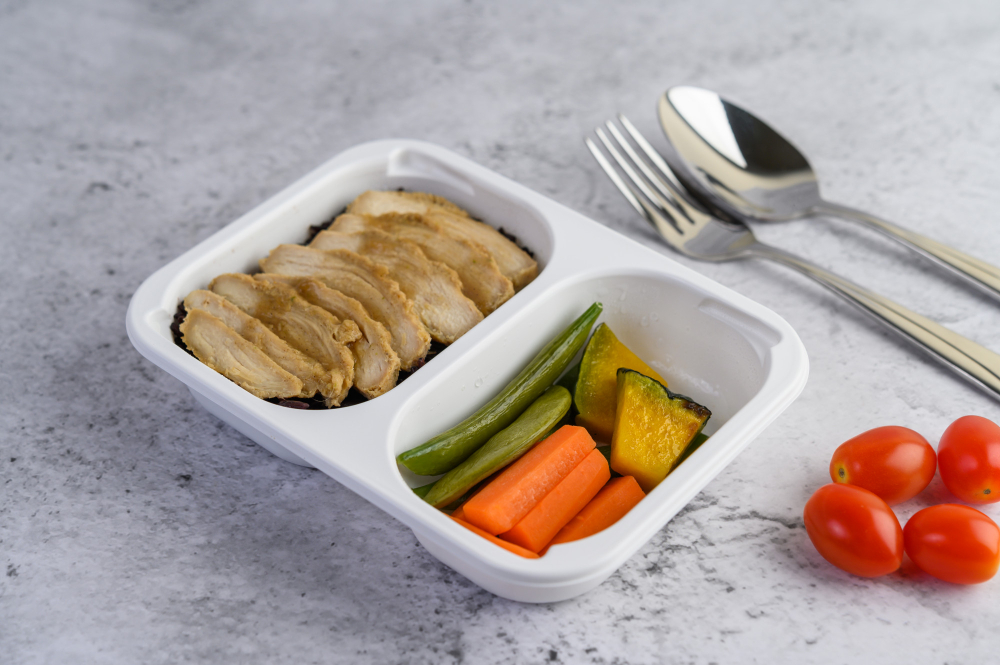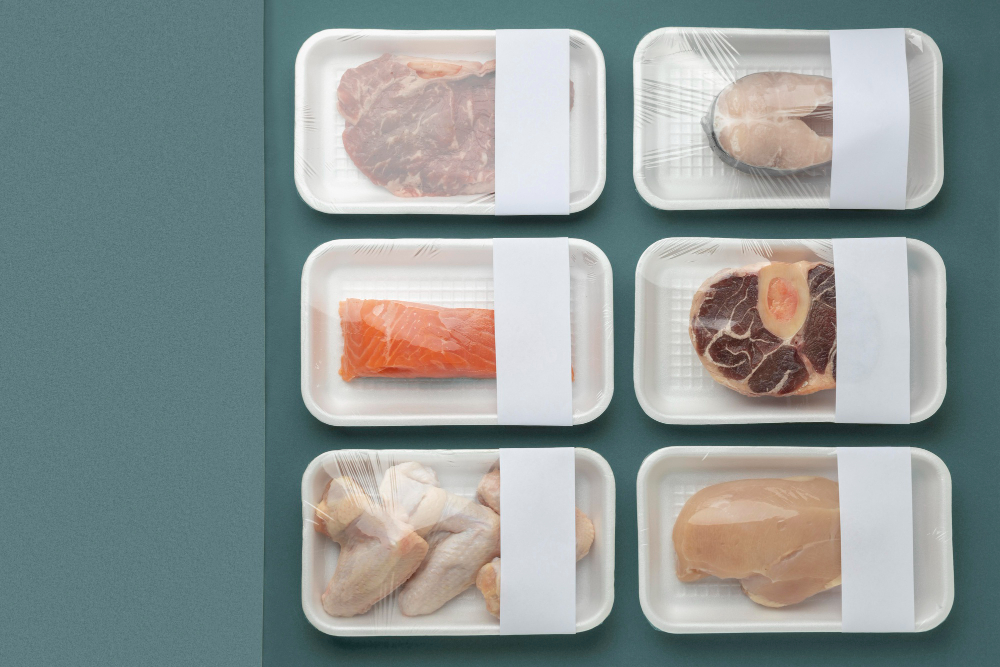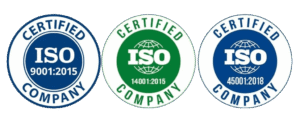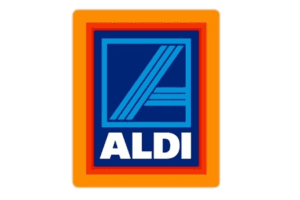APET (Amorphous Polyethylene Terephthalate) and PP (Polypropylene) are common materials used for ready meal trays, and each offers distinct advantages depending on the application.
APET ready meal trays
- Transparency: APET is known for its excellent transparency, making it ideal for displaying the food product inside.
- Stiffness and strength: APET offers good stiffness, impact resistance, and overall strength, suitable for containing and protecting various food items.
- Barrier properties: APET provides a good barrier against oxygen and moisture, helping to preserve the freshness and shelf life of packaged food.
- Heat Resistance: While suitable for cold and room-temperature applications and can handle some heat, APET is not ideal for high-temperature microwave cooking, according to Brothers Packaging.
- Applications: Commonly used for fresh produce, bakery items, salads, and certain ready-to-eat meals where clarity and moderate heat resistance are desired.
PET tray vs. PP tray: what is the difference?


PP ready meal trays
- Heat resistance: PP offers excellent heat resistance, making it suitable for microwave and hot-fill applications, withstanding temperatures up to 130°C.
- Flexibility and durability: PP is known for its flexibility and good fatigue resistance, making it durable and suitable for repeated use in some cases.
- Chemical resistance: PP exhibits good chemical resistance, particularly against acids and bases, making it suitable for dairy products and certain acidic or alkaline foods.
- Moisture barrier: PP provides a good barrier against moisture, which can be beneficial for protecting products from water vapor penetration.
- Transparency: While PP is generally semi-transparent or opaque, clarified grades offer improved clarity for applications where some level of transparency is desired.
- Applications: Often used for takeaway containers, hot meal trays, food storage, and other applications where high heat tolerance and chemical resistance are necessary.
Key differences summarised
| Feature | APET | PP |
|---|---|---|
| Transparency | Crystal-clear, ideal for product visibility. | Semi-transparent or opaque, though clarified grades are available. |
| Heat Resistance | Better suited for cold/room temperature, moderate heat resistance. | Excellent heat resistance, suitable for microwaves and hot-filling (up to 130°C). |
| Barrier Properties | Good barrier against oxygen and moisture, excellent gas barrier. | Good moisture resistance, but less effective against gases. |
| Durability | Strong and impact-resistant, less flexible. | Flexible, good fatigue resistance, resistant to bending. |
| Chemical Resistance | Resistant to water, alcohol, and oils; less resistant to strong acids and bases. | Excellent resistance to acids and bases, also resistant to oils, grease, and chemicals. |
| Recyclability | Highly recyclable with established recycling infrastructure. | Recyclable, but with less developed infrastructure than PET, according to gogreenpackaging.com. |
| Cost | Generally slightly more expensive. | Generally more economical. |
| Best suited for | Packaging where transparency and moderate heat resistance are valued. | Applications requiring high heat resistance, flexibility, chemical resistance, and cost-effectiveness. |
Ultimately, the choice between APET and PP for ready meal trays depends on the specific product requirements, including desired transparency, temperature exposure, shelf life needs, cost considerations, and environmental impact goals.










